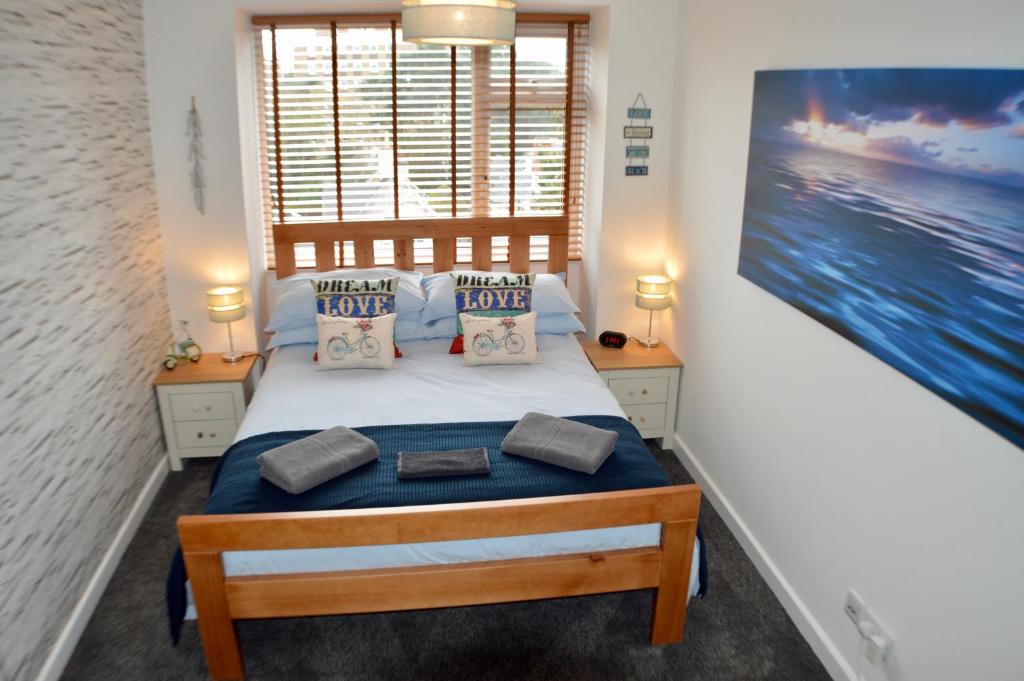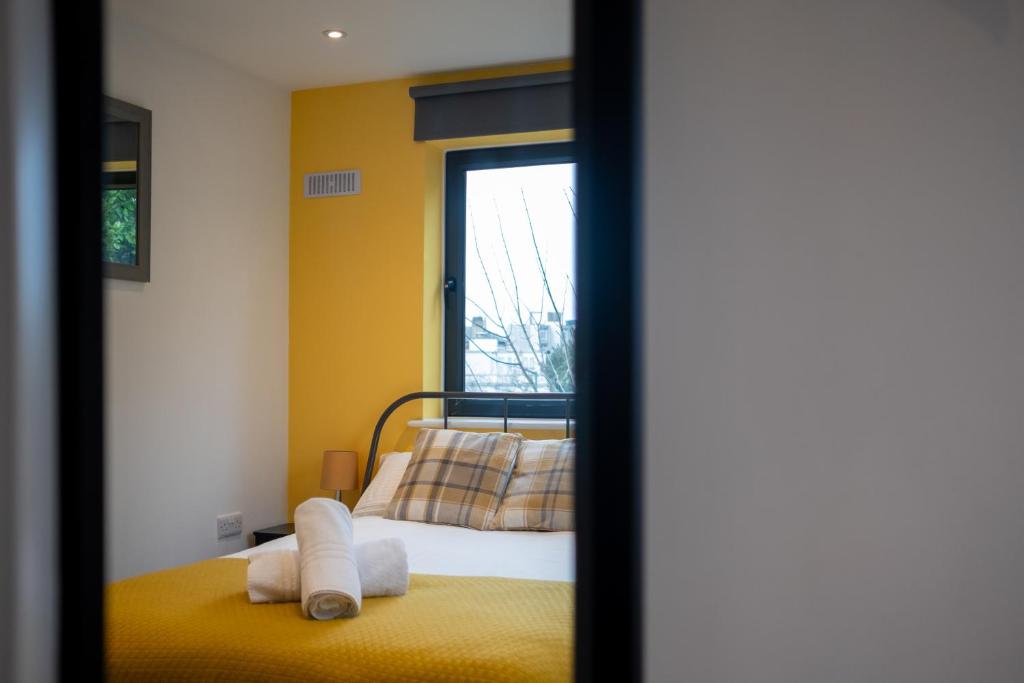Mentioned by Bournemouth & Poole
Bournemouth & Poole
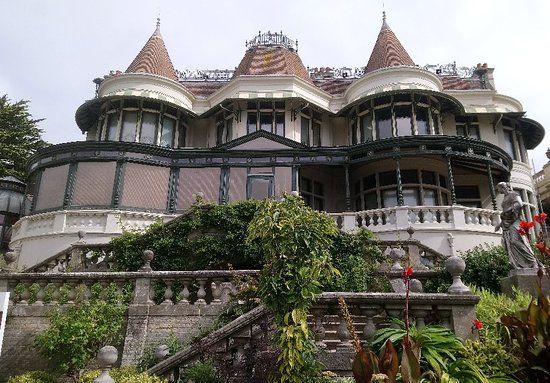
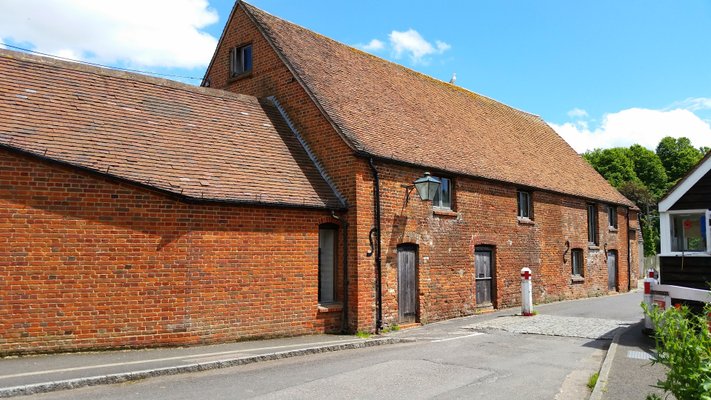
"Eling Tide Mill is a water mill that harnesses the power of the tide to grind wheat into wholemeal flour. Situated on the edge of Southampton Water beside the renowned New Forest, there has been a mill on the site for over 900 years. Closed in the 1940s, it had the good fortune to survive until it was restored between 1975 and 1980, at which time it re-opened as both a working mill, and a museum."
"A 900 year old mechanism still kept intact, The Eling Tide Mill is one of the only two remaining operating mills, the other one being in Suffolk. Running for at least 5 to 7 hours daily the mill has two independent waterwheels. While one is used for the production of flour the other one is used only for exhibitory purposes."
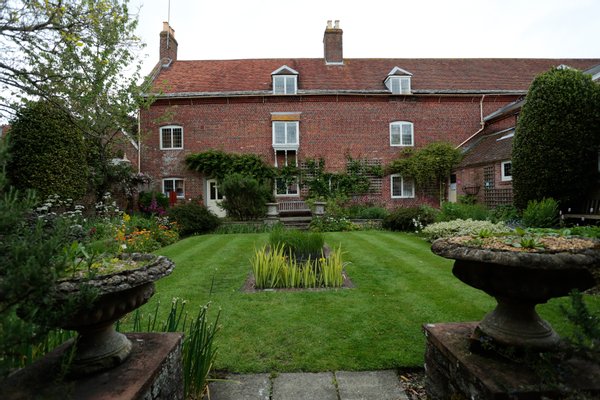
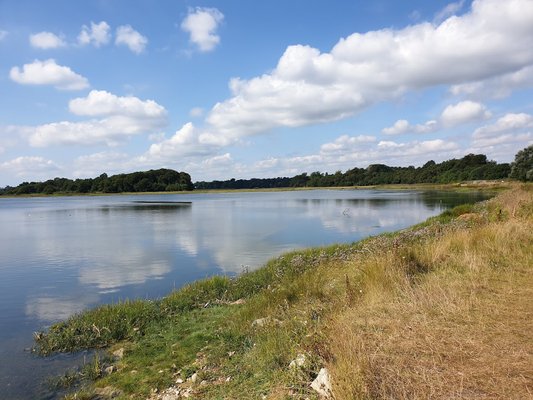
"Source: Photo by user Martinevans123 used under PUBLIC DOMAIN. A quick drive from Poole center will take you to the serene parkland of the award winning Upton Country Park, a favorite tourist attraction in the area. Stroll amongst the wildlife along the shoreline or admire the botanical Walled Garden; for kids there’s plenty of opportunities for them to use up their energy in the Woodland Play Trail or to play games on the Front Lawn."
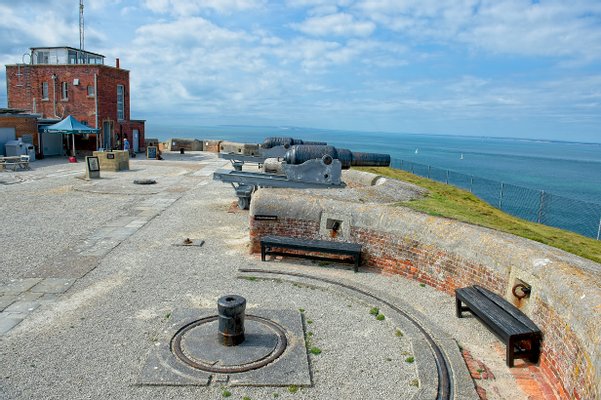
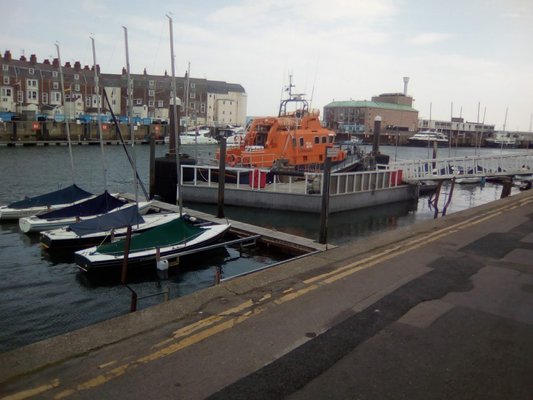
"Address: 3 Trinity Street, Weymouth, Dorset, DT4 8TW, England, UK Tel: +44 (0)1305 812 341 Built at the very beginning of the 17th century, the Tudor House is close to the seafront and features many authentic, period furnishings and antiques. One of Weymouth's most historic and well-preserved buildings of its era, guided tours of the house are available. The Tudor House is managed by the town's local Civic Society."
"Tudor House museum is an early 17th-century building, which remains a museum and one of the UK's best preserved buildings. The three storied house was made in the 1600’s and is one of the best places in the city to go to. Visit the place and experience history first hand, the place is a great spot to spend it with your family and loved ones."
"The Tudor House Museum, often simply known as Tudor House, is an early 17th-century building, which remains a museum and one of the UK's best preserved Tudor buildings. It is located in Weymouth, Dorset, close to Brewers Quay and Weymouth Harbour. The house has been a Grade II Listed building since December 1953."
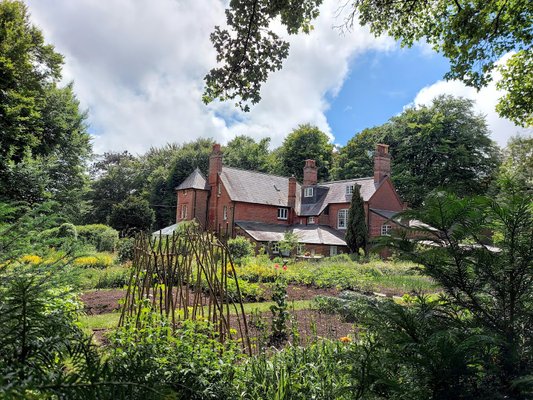
"On the east side of the town, Thomas Hardy (also a trained architect) designed and built this large house in 1885 and resided here until he passed away in 1928. At Max Gate Hardy wrote his best known later works like Tess of the D’Urbervilles (1891), Jude the Obscure (1894) and The Mayor of Casterbridge (1886), as well as most of his poetry. The house was donated to the National Trust by Hardy’s sister on the proviso that it be lived in, and Max Gate has been occupied ever since."
"The 6-mile walk to Thomas Hardy’s cottage provides a great way to see more of Dorchester and retrace the steps of one of the town’s most famous figures. Fictionalized as Casterbridge, Dorchester was at the heart of the region Hardy called “Wessex” and features in many of his poems and novels, including The Mayor of Casterbridge. To follow in his footsteps, pick up the circular walk from High East Street and head out of the town towards tranquil green pastures."
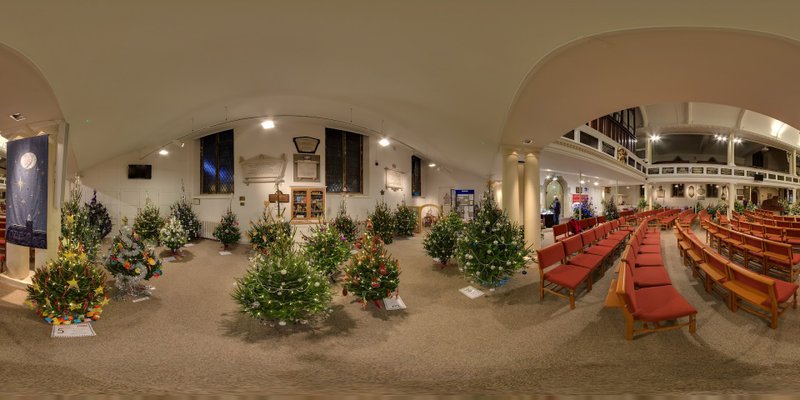
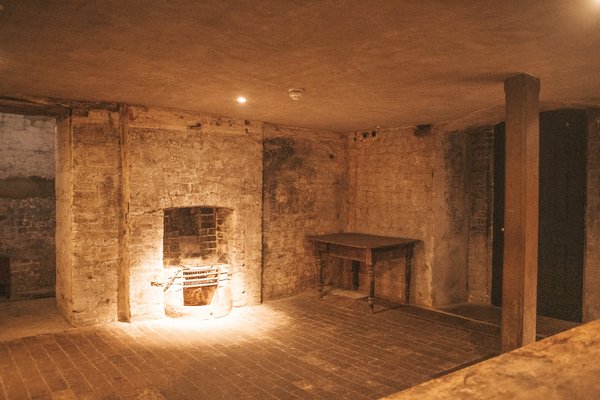
"Built from white Portland stone, Shire Hall (1797) is Dorchester’s solemn Neoclassical former courthouse. This Grade I-listed building has some serious history. For instance, Thomas Hardy was a magistrate here for decades, and the infamous trial of the Tolpuddle Martyrs took place at Shire Hall in 1834."
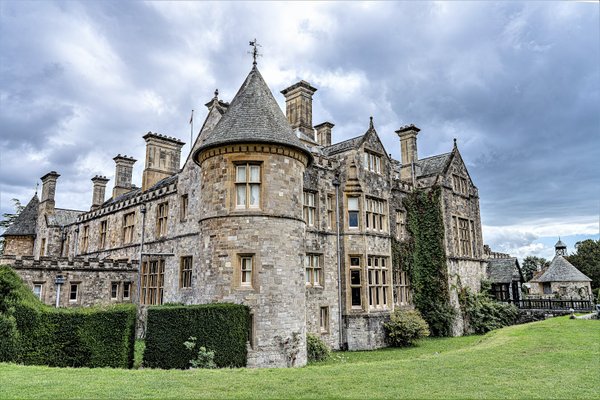
"Once the gatehouse of the medieval Beaulieu Abbey, Palace House has been the Montagu family home since 1538. Remodelled and extended in the 1800’s, it is now a stunning example of Victorian architecture, in a stunning setting overlooking Beaulieu River. Visitors can explore the characterful property’s ornate rooms, family treasures and memorabilia, as well as the beautiful grounds."
"Palace House and the old abbey ruins can be found a short distance away from the National Motor Museum, just one of Beaulieu's....."

"From creamy classic ice cream to inspiring new flavours of gelato, Weymouth is home to some of the best ice cream parlours in Dorset. With a huge variety of flavours of Ice Cream in Weymouth. Discover the best sweet shops and Ice Cream parlours to get your sweet fix!"
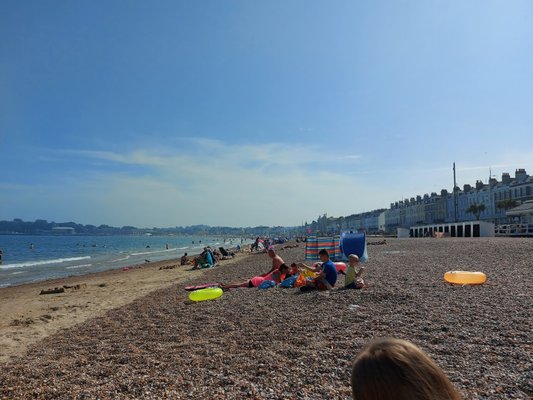
"Like many seaside towns across the Uk, Weymouth built it's own pier during the first half of the twentieth century, this pier however was different to most as is it was more of a bandstand than a place for strolling along and relaxation. The Pier Bandstand as it is officially known opened in 1939, with a streamlined, Art Deco design featuring rounded corners and decorative columns, it had a length of 200ft and a seating capacity of 2400, however out of those 2400 seats only 800 were covered and so rain inevitably caused problems. By the 1980s the bandstand had began to age and required costly repairs and so in 1986 it was demolished leaving only the entrance building."
"Pier Bandstand Weymouth is an Art Deco bandstand on the shore of Weymouth Bay in Dorset, England. Nightlife • Sightseeing • Music and shows • Entertainment • Music venue"
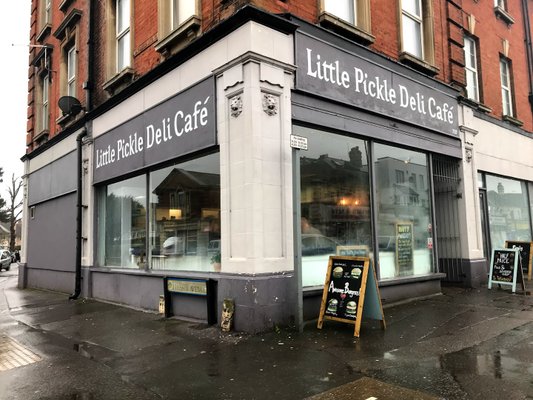
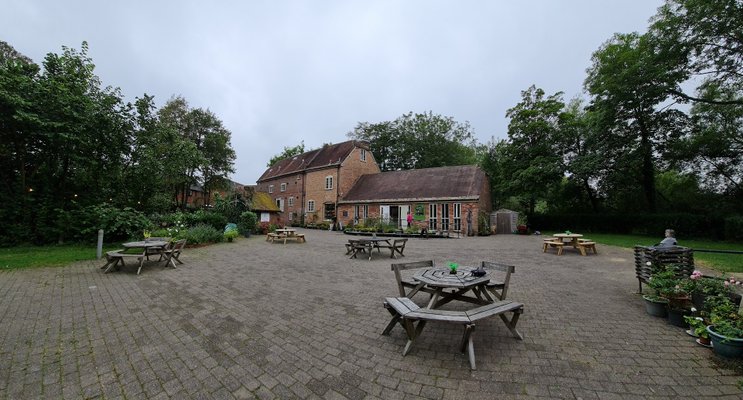

"Westover Gallery is a gallery where you can see the best contemporary art of international and regional artists. You will see the temporary exhibitions of only renowned artists, as well as works of artists that exhibited their arts throughout the world. There are exhibitions of extraordinary talents such as John Wilson, Simon Claridge, Mark Spain and others."
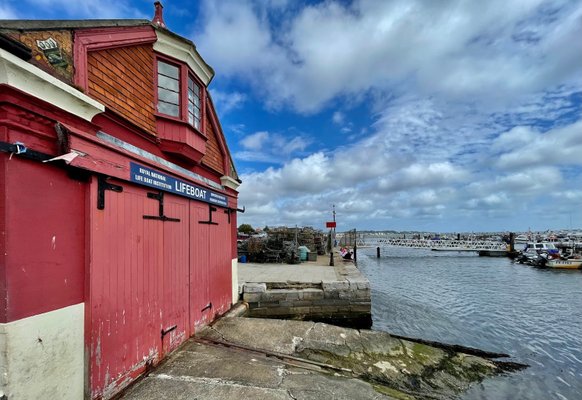
"Make your way to the atmospheric Fisherman’s Dock at the end of Poole Quay and you’ll uncover an exciting slice of local maritime history at this historic boathouse. This was Poole’s lifeboat station from 1882 to 1989, and houses the Thomas Kirk Wright, launched in 1939 and the first of 19 lifeboats to arrive at Dunkirk for the evacuation on 30 May 1940. You can take a good look at the vessel and read up on its eventful 23-year career as a lifeboat."
"If you’re into maritime and the lifeboats this is a must to put on your list!. Showcasing lifeboats throughout the year and digging into the history behind them, it’s full of culture and diversity, a must visit!"
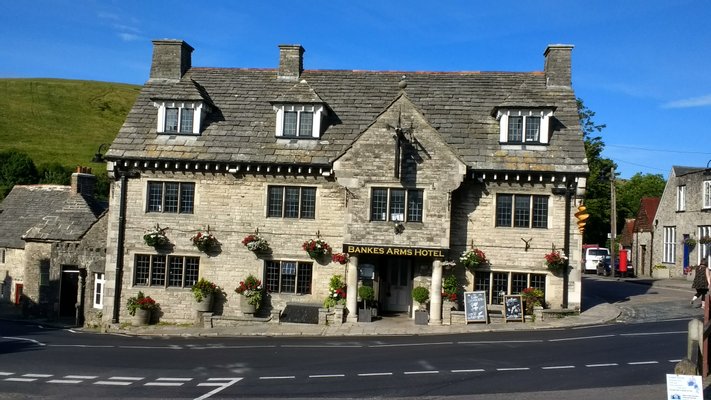
"The startling, fractured battlements of one of Dorset's most famous landmarks were once home to Sir John Bankes, Charles I’s right-hand man. The Civil War saw the castle besieged by Cromwellian forces; in 1646 the plucky Lady Bankes directed a six-week defence and the castle fell only after being betrayed from within. The Roundheads then gunpowdered Corfe Castle apart; turrets and soaring walls still sheer off at precarious angles – the splayed-out gatehouse looks like it's just been blown up."
"If you prefer your morning jaunt a little more on the dry-side, then skip the splashes and make your way to the iconic Dorset landmark, Corfe Castle. Located just a stone’s throw from the waterpark (the castle is visible from the lake), this half-crumbled monument is one of Britain’s most stoic survivors of the English Civil War. Time may have done its worst, but the castle still, partially, stands, welcoming visitors to explore its fallen walls and secret nooks."
"Once you are done, go back to the car and drive to Corfe where you can once again park for free* at Castle. You can then walk up the castle ruins and enjoy the view from there. It’s pretty impressive. But once you are in Corfe, don’t forget to go to the train station for a short time travel when a on old-style train will pass by."
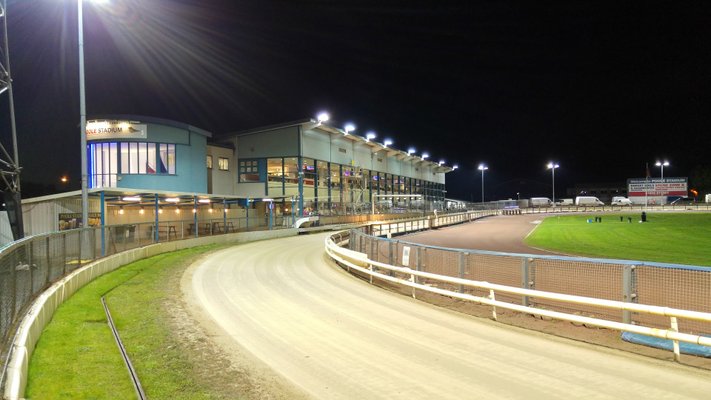
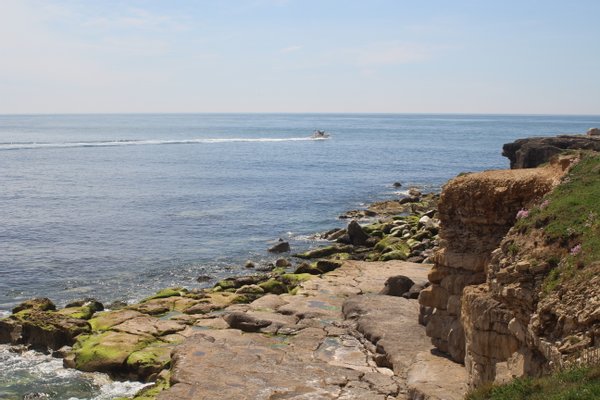
"For a real sense of Portland's remote nature, head to its southern tip, Portland Bill, to climb the 41m-high, candy-striped lighthouse. It offers breathtaking views of rugged cliffs and the Race, a surging vortex of conflicting tides. The interactive displays in the former lighthousekeepers' cottages include Into the Dark, a recreation of sailing into stormy seas.The lighthouse is also open on some summer Fridays and some weekends outside the main season – call for the latest times."
